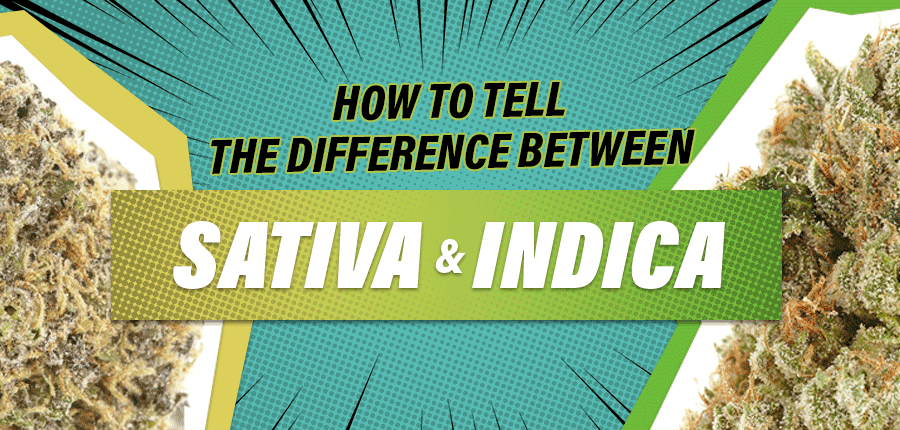Marijuana is a versatile plant that offers both recreational and medicinal benefits. It is popular for its diverse applications, providing pleasure and potential therapeutic effects. There are three main types of marijuana: cannabis Indica, cannabis Sativa, and cannabis ruderalis, each with unique characteristics. This article aims to help individuals distinguish between Indica and Sativa strains by exploring factors such as cultivation methods and usage scenarios. By understanding these differences, you can make informed decisions based on your specific needs and preferences. For instance, knowing the optimal growth conditions can help you determine whether a strain thrives indoors or outdoors. Additionally, understanding the effects produced by each strain can help you select the one that aligns with your desired experiences.
Naming and Origin
To differentiate between Indica and Sativa strains, their origins and characteristics are key factors. The terms “Indica” and “Sativa” have Latin roots. “Indica” is derived from “India,” indicating its origin in the Indian subcontinent and nearby regions. Conversely, “Sativa” comes from the Latin word for “cultivated,” highlighting its history of widespread cultivation in the Western continent.
The distinction between Indica and Sativa was initially proposed by Jean-Baptiste Lamarck, a French naturalist and biologist, in 1785. Lamarck identified two distinct species of cannabis: Indica and Sativa. Indica refers to a wild cannabis species that thrives in India and neighboring countries, possessing a unique set of traits. Sativa, on the other hand, is a well-known cannabis species extensively cultivated in Western regions, resulting in distinct characteristics and properties.
Growing and Appearance
Cannabis Indica has a shorter flowering period of 6 to 8 weeks, making it suitable for indoor cultivation. It thrives in cooler environments and has a compact structure, typically reaching a height of 4 to 6 feet indoors.
In contrast, cannabis Sativa has a longer flowering phase of 9 to 12 weeks. It prefers warmer climates and is best grown outdoors, where it can grow tall, reaching heights of up to 2.5 feet or more.
Indica leaves are darker and fuller, while Sativa leaves are lighter and more slender.
Indica buds are dense, tightly packed, and heavy, while Sativa buds are also dense but may appear slightly less solid.
Indica strains often have higher THC content, the psychoactive compound responsible for the euphoric effects of marijuana. Sativa strains may have different cannabinoid balances, resulting in unique effects.
Effects and Capabilities
Cannabis Indica is known for its relaxing and sedating effects, making it suitable for nighttime use and unwinding. It can induce a heavy-bodied sensation and promote relaxation, relieving stress and tension. However, caution is advised for daytime use as it can impair focus and productivity.
Indica strains have a stoning effect primarily felt in the body, enhancing the senses and promoting tranquility. They can also aid in sleep, making them helpful for sleep-related issues. Medicinally, Indica strains are effective in managing stress, sadness, and body-related pains. They may even have anticonvulsant properties.
In contrast, cannabis Sativa provides an energetic and uplifting experience, ideal for daytime use. It promotes vigor, activity, creativity, and motivation. Sativa strains enhance focus, alertness, and sociability, making them suitable for social events and tasks requiring mental clarity.
Sativa strains induce a euphoric mood, benefiting psychological well-being by combating sadness, stress, and promoting a positive mindset. They can stimulate appetite and combat fatigue, increasing productivity. Sativa strains are valuable for daytime relief while maintaining mental clarity.



